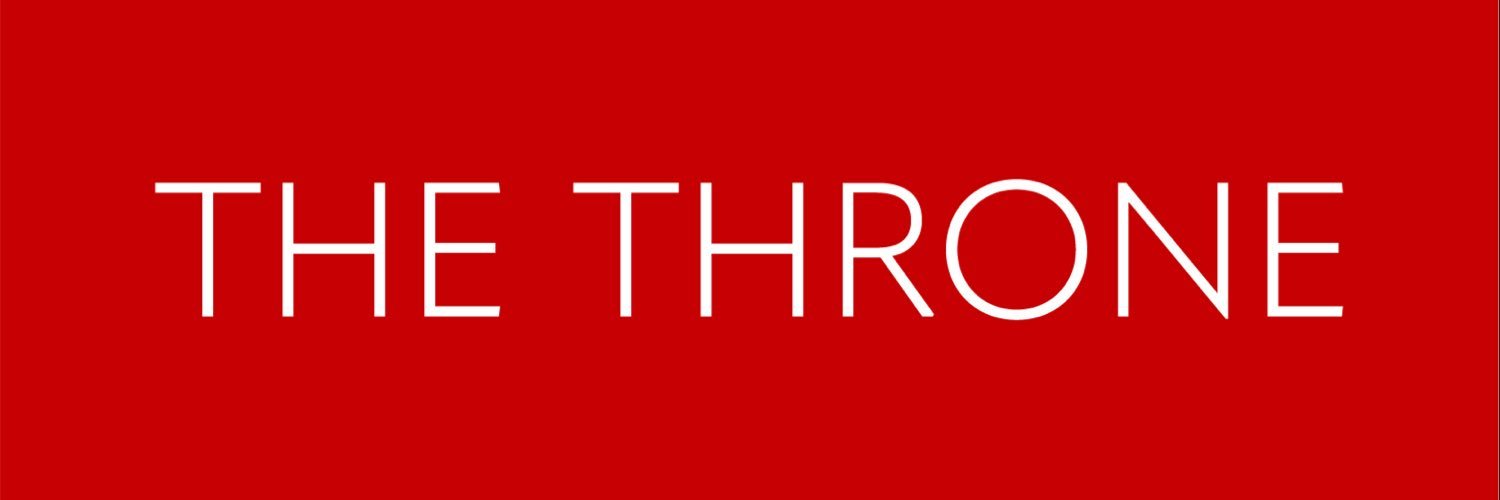The Business of Beauty

Think Piece
Words by Naledi Sibisi
The evolution and big business linked to the beauty industry is hardly surprising when we consider how social media has acted as a catalyst for a new wave of entrepreneurs. Huda Kattan, founder of Huda Beauty is one of the most recognizable beauty influencers. The self-made millionaire with a billion-dollar beauty company quit her job in finance to pursue a career in makeup. What began in 2013 when Kattan could not find false eyelashes now houses more than 140 products earning $200 million in sales annually. She markets her products to her 36 million Instagram followers.
The power of Instagram is undeniable, and brands are quickly acknowledging how the platform is redefining the beauty industry. Aside from dictating what type of products are trendy for consumers in short spaces of time, it is also providing the opportunity for beauty influencers like Kattan to sky-rocket their careers in highly profitable ways. While brands like Huda Beauty are lucrative on their own, the major aspect that aids their success is when the influencer is the brand. Huda is the name, face and voice of her brand. Her personal account promotes her business account and the two constantly feed one another. Every product launch positions itself as an opportunity for her to personally promote and use her creations.
Huda Kattan for Huda Beauty
The social media platform allows influencers to build their brands and advertise while directly engaging with their audience. The beauty brands flourishing online have mastered the art of having a dialogue with their consumers in a way that feels organic and promotes brand loyalty. The rise of visual marketing through Instagram has conceptualized how we now process this information as well as the way in which companies and consumers approach the world of retail. The beauty line Summer Fridays founded by influencers Lauren Gores and Marianna Hewitt is a great example of this dynamic. Understanding the power of Instagram and shareability, they note that the packing of their products was critical.
“Even if we loved the product, if it wasn’t photogenic, we wouldn’t want to put it on our Instagram,” Hewitt explained to British Vogue, “We knew that if it didn’t photograph well then people wouldn’t share it; and if people don’t share it, no one will see it.” Gores concluded. Essentially, without platforms like Instagram, brand-consumer relationships may not be at the state at which they are. Customers are creating content and advertising for brands they are following and growing with through this relationship. Catalyst – a global NPO focused on research, tools and solutions to advance women into leadership reported that the millennial consumer currently accounts for 15% of the global workforce. The purchasing power of this digital generation is what the beauty industry continues to thrive on.
Summer Fridays by Lauren Gores and Marianna Hewitt
The rise of online video content further emphasizes the importance of using social media as a marketing tool. Statista reports that in 2016, beauty-related content produced more that 5 billion views on a monthly basis through YouTube alone. Beauty influencers and content creators are building personal brands that attract bigger and well-known brands for the purpose of collaborations; which in turn brings both parties added revenue. Statista further reports that 97.4% of online engagement about beauty brands was directly linked to independent content creators and their makeup tutorials.
The reality is that customers do not often have the time or energy to physically try products out before purchasing them the way we used to. These digital platforms are a simpler way to try out products through content creators who appeal to us based on how they look in relation to us as consumers. Moreover, there is a level of detail involved with the advertising process where the information provided by content creators is easily accessible through YouTube tutorials and Instagram captions and brands recognize this. The use of celebrities and popular content creators for sponsored content and events is quick and guaranteed way to sell products and boost revenue.
Halima Aden for PAPER Magazine
Not only has Instagram arguably shifted the power dynamic where the consumer dictates the success of the brand; the platform can also be credited for cultural shifts and the conversations around how we understand beauty. As these conversations extend to hopes of a more diverse and inclusive society, brands are pressured to match these conversations in the form of products. Instagram has indeed revolutionized the beauty industry. The standardized ideation of beauty is being challenged by the faces we are seeing online. Somali-American model Halima Aden was the first model to wear a hijab on a major international runway when she walked the Yeezy season 5 show. She recently also made history with Sports Illustrated as the first to wear a burkini and hijab as she covered their annual swimsuit issue. In an interview for i-D, she acknowledged that Instagram is responsible for shaping beauty conversations and exposing users to a wider range of beautiful people.
“We have seen the impact that models such as Winnie Harlow and Ashley Graham have had in reshaping how we view beauty. That is one of the most beautiful things Instagram brought to us. As a hijab wearing model, I have been able to provide those women on social media who dress and look like me, as well as those who haven’t felt represented in one way or another, someone to relate to”. With beauty standards becoming more inclusive and diverse, Instagram allows for the consumer to be in charge of what the industry is supposed to look like. Ultimately, social media platforms are not only brand vehicles but also the first point of contact to attract, influence and retain new customers.



